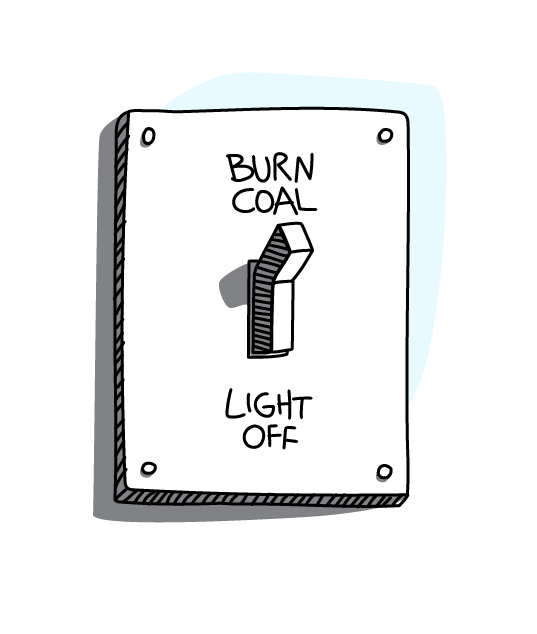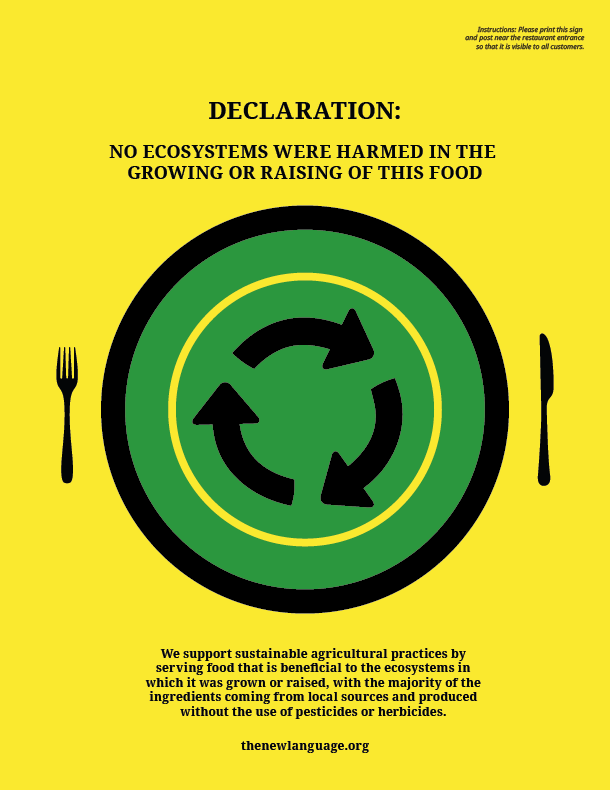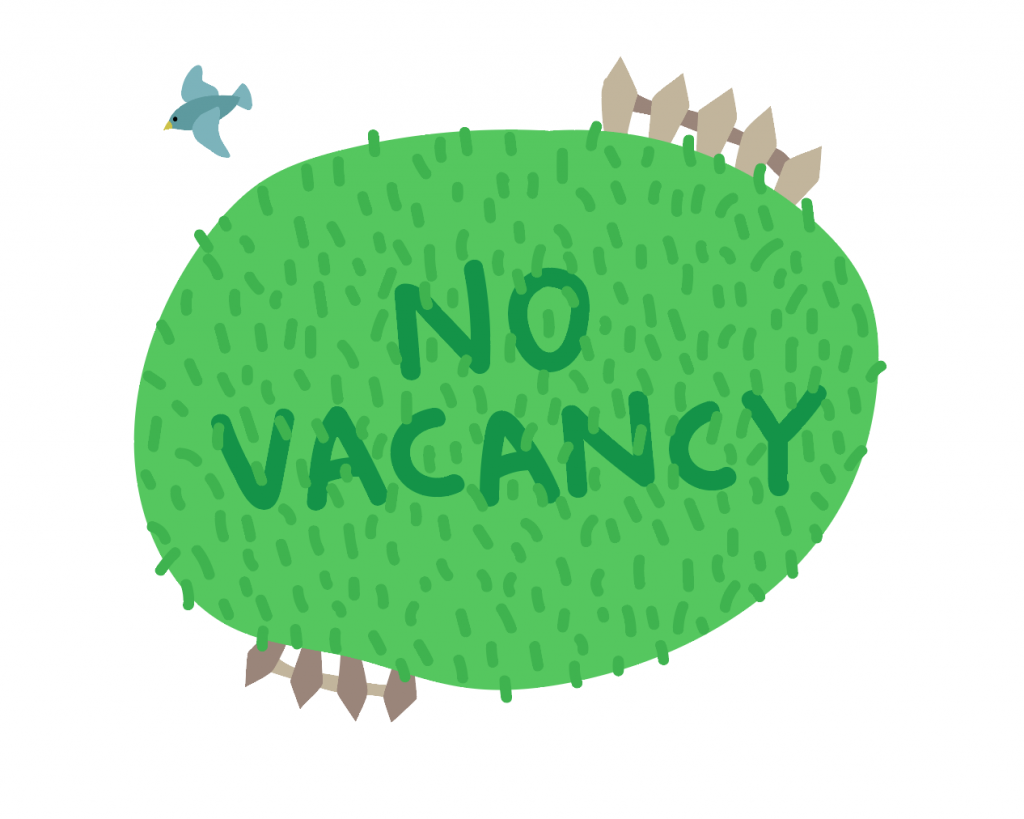See the growth of carbon concentrations in the atmosphere with this carbon clock.

See the growth of carbon concentrations in the atmosphere with this carbon clock.

The phenomenon where people stand witness to a crime or accident but fail to respond because they expect others to respond and do what is necessary. There are numerous instances of the bystander effect every day.
Carbon Dioxide Warning Labels are safety warnings found on gas pumps, home heating oil invoices and contracts, and electricity bills that warn people at the time of purchase that the use of the fuel will increase the amount of carbon dioxide in the atmosphere and make the planet increasingly unsuitable to life. Such labels remind people that the decision they are now making is contributing to changes in weather patterns, droughts, the extinction of species and the collapse of ecosystems. These labels can remind people at the time of such a purchase that carbon levels have not been this high in the last 800,000 years and that the planet’s atmospheric conditions are increasingly like those of past extinction periods. With this information a person is aware of their individual role and the implications of the decisions. It also reminds a person of the existence of the option not to make the purchase.
Carbon Dioxide Warning Labels are consistent with the health and safety disclosures commonly found on other products.
1) A device that sends a signal to a coal plant to burn more coal or natural gas.
2) The end point in a vast network built around the burning of fossil fuels.
On the other end of a light switch is a coal plant and flipping a light switch results in the burning of coal or natural gas, adding adds more CO2 into the atmosphere and more mercury to the soil, lakes and oceans.
The difficulty of seeing the relationship between the flipping a light switch and the burning coal at a location remote from that switch allows people to believe that no harm results from this action.
Due to specialization, we do not observe the efforts of those who act as our proxy and who mine for the coal, transport it, and incinerate it. But the action of flipping the light switch makes possible and endorses all of these actions.
For people who use only solar or wind as electricity sources, the light switch is a support for the further development of these energy sources.

What’s The Choice?
What can you do? Here are some choices that are available to you.
1) Share this definition with others.
2) Purchase electricity for your home or business from a company that generates it from renewable energy sources. Here is a list of renewable energy electricity providers in the United States.
3) Support the idea of a carbon tax in local, state and federal legislation.
4) Sign petitions in favor of a carbon tax or that seek to end government subsidies for energy companies that use fossil fuels.
5) Explain to others the benefits of renewable energy use or assist others with the conversion to renewable energy providers.
1) A person who, by shaping people’s tastes and establishing a demand for certain foods, protects ecosystems and supports ecologically friendly farming practices.
2) A person who facilitates eating behaviors that are adapted what the planet can produce (and do so without habit destruction).
3) A person who is knowledgeable about our existing food production systems and how those systems strain or harm our ecosystems and who seeks out food producers whose practices are complementary or beneficial to ecosystems.
4) A person capable of directing the tastes of human beings towards food sources that aid the planet’s ecosystems or complement them instead of harming them; an environmentalist.
5) A person who makes, for farmers, the growing of ecosystem-friendly crops and ecologically-friendly farming practices economically feasible—and gives farmers confidence that there is a market for what they grow and produce.
A chef can and will, for instance, develop a taste, among his or her customers, for ecosystem friendly forms of protein over steak, for example (as a steak is resource intensive to produce and the purchase of steak often contributes to deforestation, the use of feedlots and GMO corn monocultures). This behavior of chefs stands in contrast to cooks for whom the desires of customers and eating conventions (the use of imported beef or flour made from GMO wheat) take priority over the interests of ecosystems. Chefs possess the inclination and ability to interest human beings in things other than overharvested fish or energy expensive vegetables such as corn. For instance, a chef might make a dish using proteins with low energy to protein ratios (more efficient energy to protein conversion) or with perennial wheat varieties which are beneficial to the soil and often require no pesticides (as opposed to resource-intensive annual varieties, the majority of which are GMO crops that require heavy doses of pesticides and herbicides).
In addition to influencing agricultural practices and eating behaviors, chefs can increase people’s knowledge about composting and food waste.
What Are Your Choices?
What can you do? Here are some choices that are available to you.
1) Share this definition with others and be aware about our ability to advance our principles through our food choices.
2) Ask cooking schools to require courses in organic farming, soil health and cooking that requires only local, seasonal and sustainable ingredients—as well as ingredients with low calorie conversion rates.
3) Require that cooking schools be certified in sustainable environmental practices and require too that the schools accept no financial support from industrial agriculture companies.
4) Support local measures and legislation that requires restaurants to place a sign in the window that declares its chefs use primarily local, seasonal, sustainable ingredients and grades the restaurant according to its environmental practices.
5) Cook and select food using local, seasonal and organically grown ingredients.

1) A person who sees his or her duties and obligations to the biosphere, all currently living things, and all things and people that will live in the future as being greater than his or her obligations to the shareholders of the company that employs them.
2) A person who believes—and who acts on this belief—that it is worse to be complicit in the destruction of ecosystems and the killing of species than it is to act contrary to the short term interests of an employer.
3) A person who wishes to reduce the amount of harm being done to the planet’s systems by exposing the practices causing that harm.

Soda is the product of industrial-scale corn monocultures which rely on pesticides and herbicides and that destroy habits and food sources for a variety of insects and animals. If the soda is in a can, the aluminum of the can involves intensive mining which too harms or destroys habits and ecosystem by stripping the surface earth but also through runoff of the extracted materials into streams and lakes. If the soda is in a bottle, the plastic contains BPA, an endocrine disruptor founds in drinking water, lakes and streams. BPA finds its way into ecosystems and is toxic to animals and water organisms.
What Are My Choices?
What can you do? Here are some choices that are available to you.
1) Share this definition with others.
2) Drink water instead of soda. Drink less soda, drink only soda that is in a glass bottle and made with organic sugar, or make soda at home.
3) Support legislation or sign petitions that seek to ban the use of glyphosate on corn and other crops.
4) Support legislation that requires companies to label GMO food products and support efforts designed to push our government representatives to write such legislation.
5) Ask our representatives to increase restrictions on pollution from BPA plants and from mining operations, with severe penalties on pollution that ends up in bodies of water.
1) A monoculture with intensive water, fertilizer and often pesticide requirements.
2) A human tradition with high costs to ecosystems.
3) An energy expensive form of landscaping.
4) It is human aesthetics being chosen over the necessities (for survival) of other living things.
A yard is an opportunity develop a habitat for insects and wildlife. A yard is an opportunity to plant edibles, native plants (which require less watering and therefore put less stress on the local water supply), plants that are food sources to birds and insects. A yard can be a part of a larger effort to increase the amount of acreage (there are approximately 25 million acres of lawn currently in the U.S.) for species other than human beings. In short, a yard can be part of a reversal of a long-term trend toward habitat destruction.

Choices
What Are Your Choices?
What can you do? Here are some choices that are available to you. Continue reading “Lawn” »
A person displaced by a drought, flood, sea level rise, forest fire or other event tied to the increase in the concentration of CO2 (along with other greenhouse gases) in the atmosphere and the resulting increase in the planet’s temperatures.
Here is one example of rising sea levels affecting populations.
1) The belief and expectation that someone else will take a necessary action and so freeing you from the obligation.
2) A phenomenon where a necessary action is neglected because all those who can take the action expect others to do so.
3) One cause of passivity and inaction.
Example: An individual waits for a scientist to discover a new technology to address CO2 levels in the atmosphere while continuing to live a carbon-intensive lifestyle and continuing to support fossil-fuel dependency. Diffusion of responsibility is one of the contributing factors to passivity in the face of an imminent danger.